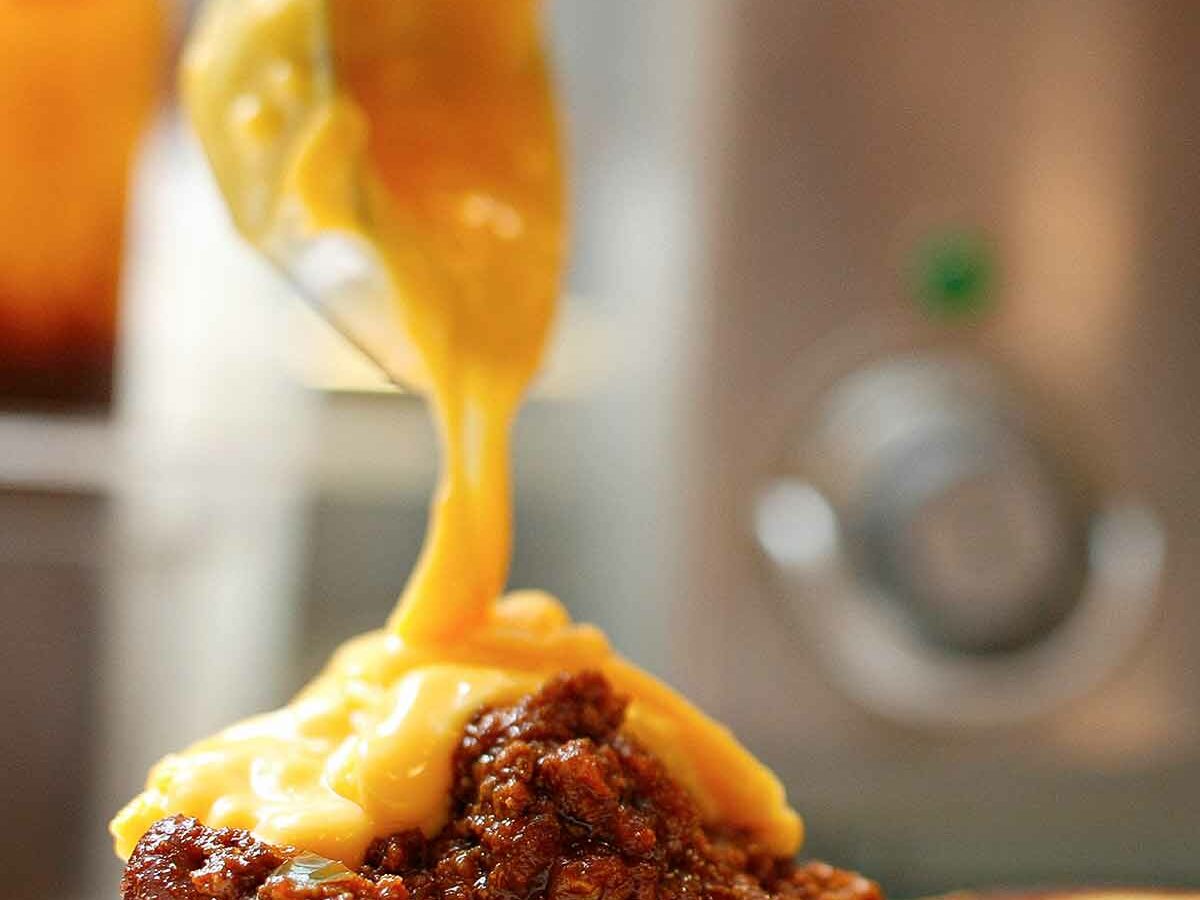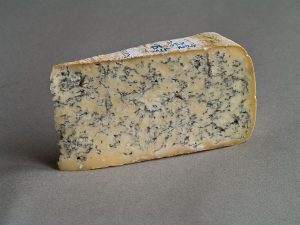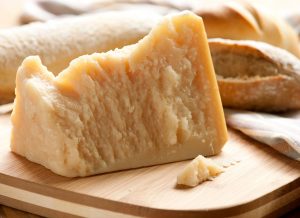The process of making cheddar cheese is tedious and time-consuming. It typically takes about three weeks to make one wheel of cheddar from start to finish and it requires a lot of patience. The process begins with milk from cows that are fed on grass and hay. The milk is then heated until it turns into curdled milk. Once the curd has formed, it is put into a vat or barrel where it ferments for at least six hours before being drained off and pressed into wheels or blocks of cheese which are then aged for at least three months before being sold.
The Cheddar Gorge Cheese Co: The Only Cheddar Made In Cheddar Part Two | British Cheese Weekender
A cheese that has become a symbol of Britain.
Cheddar cheese has been made since at least 1170. There is documented evidence that over 4,700 kg of the cheese were sold in that year. A tonne of Cheddar cost only £3 at that time. According to one version, the Romans brought the recipe to England from the French region of Cantal. Here it was slightly altered. Traditionally, Cheddar cheese had to be made within 30 miles (48 km) of Wells Cathedral.
Cheddar is a relatively hard variety. The colour of the flesh varies from yellow to off-white. Cheddar was originally produced in the English village of the same name in the county of Somerset. It is the most popular variety in the UK. It accounts for 51% of the total revenue generated by total cheese sales in the country.
Joseph Harding, a Somerset dairyman, played an important role in the modernisation and standardisation of Cheddar cheese in the 19th century. He was the first to standardise and improve the technology of Cheddar cheese making, emphasising the importance of hygiene and maintaining the right temperature. For this reason, Joseph Harding has been called the “father of Cheddar”. Another of Harding’s merits is that he introduced new equipment for cheese making, including a “rotary curd pulveriser”. This saved a great deal of work. “Joseph Harding’s method was the first modern system of Cheddar production based on scientific principles. Joseph Harding’s son, Henry Harding, was responsible for expanding Cheddar cheese production in Australia.
How Cheddar Cheese is Made from Milk
Cheddar cheese is a type of cheese that is made from milk. It’s produced in the United Kingdom and elsewhere in Europe.
Cheddar cheese is typically made from cow’s milk and has a salty flavor with lactose content around 20-25%.
The milk is first heated to at least 60 degrees Celsius until the butterfat separates from the liquid. The liquid is then cooled and mixed with rennet, which is an enzyme that coagulates proteins in milk to form curds. The curds are then cut into small pieces and placed into molds, which are soaked with saltwater for about 20 minutes before being taken out of the water and pressed with weights.
The process of pressing yields small white blocks of cheddar cheese, which are then heated and salted before being packaged. These disks are then wrapped around a cylindrical mold where they get pressed together to form what we know as cheddar cheese wheels or cylinders.
It is usually aged for at least 60 days after processing to yield a sharp flavor that can be used in many recipes such as grilled sandwiches and quesadillas.
Some Surprising Ways to Use Cheddar Cheese in Your Cooking
Cheddar cheese is a popular ingredient in many recipes. It can be used in savory dishes or sweet ones. There are many ways to use it, but here are some of the most surprising ones:
- Add cheddar cheese to mashed potatoes and then bake them until they’re golden brown.
- Stir cheddar cheese into your pasta sauce for an extra cheesy flavor.
- Sprinkle cheddar cheese on top of your favorite omelet or breakfast dish.
- Melt a bit of butter in a pan and then add chopped green onions, garlic, diced red bell pepper and cheddar cheese to the pan and sauté until the peppers are tender.
- Add shredded cheddar cheese to your favorite salad dressing for extra flavor.
You may alsolo like:



